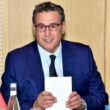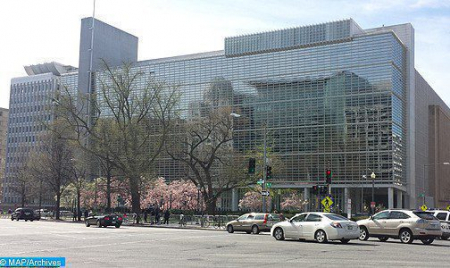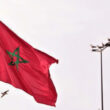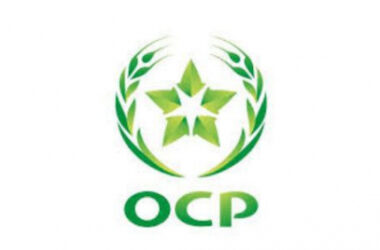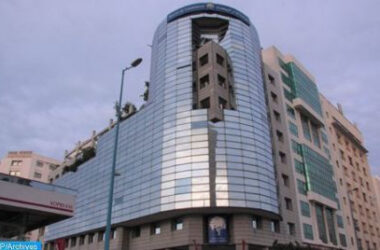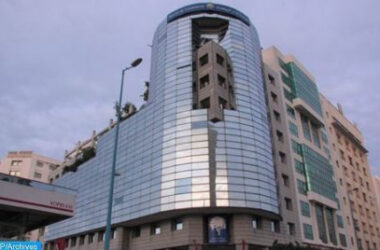Diaz Cassou, who presented the WB report on the monitoring of the economic situation in Morocco Winter 2022-2023 “Responding to supply shocks” during this roundtable held in the presence of Jesko Hentschel, WB Country Director for the Maghreb and Malta, explained that this growth would be driven by the rebound of the primary sector.
He added that this report recalls that the Moroccan economy has suffered, after a strong post-covid-19 rebound last year, the increasing pressure of supply shocks characterized by a “severe drought coupled with soaring commodity prices that have fed inflation.
However, Diaz Cassou noted, downside risks remain due to geopolitical tensions, including the war in Ukraine, the deceleration of the eurozone’s major trading partners, and potential new climate shocks.
According to the WB report, real GDP growth has fallen from 7.9% in 2021 to an estimated 1.2% in 2022, while the current account deficit has increased from 2.3% to 4.1% of GDP. As in much of the world, the war in Ukraine, combined with the reorganization of global supply chains, has encouraged a sharp increase in the inflation rate, with Moroccan annual inflation peaking at 8.3 percent by the end of 2022.
“To mitigate the impact of rising food and energy prices on households, Morocco has adopted a series of measures, including general subsidies on certain basic necessities and the maintenance of pre-existing regulated prices. This approach has stabilized the prices of goods and services that absorb almost a quarter of average household expenditures, thus avoiding a more pronounced increase in poverty. This will have required the mobilization of additional public expenditure, corresponding to almost 2% of GDP,” notes the WB.
Despite these measures, it is the poor and vulnerable households that continue to suffer the most from the impact of the inflationary surge in food and other prices, says the report, which presents calculations showing that annual inflation has been almost 30 percent higher for the poorest 10 percent of the population, compared to the richest 10 percent, mainly due to the impact of rising food prices, which account for a larger share of expenditure among the poorest households.
The report also states that the major reform of social protection envisaged by the Kingdom will allow the targeting of public aid to modest and vulnerable households.
Speaking on this occasion, Hentschel said that “recent measures to counter supply shocks and preserve the purchasing power of Moroccan households have mitigated the impact to a large extent, and prevented more people from falling into poverty”.
“The planned deployment of the family allowance system will allow Morocco to effectively target the vulnerable population in a cost-effective and equitable manner in order to cope with price increases of such magnitude,” he added.
The report notes that given the current economic situation, Bank Al-Maghrib (BAM) has taken a cautious approach by raising interest rates twice since September 2022, by a total of 100 basis points. The report also states that, going forward, Morocco’s optimal monetary policy response will depend on the persistence of price pressures and the evolution of inflation expectations.
In such a complex context, the authorities could consider complementing anti-inflationary measures by introducing structural policies to ease supply constraints. These could include initiatives or actions to address existing bottlenecks in food markets, where the large gap between producer and retail prices is not always justified by the value added created in the supply chain.


